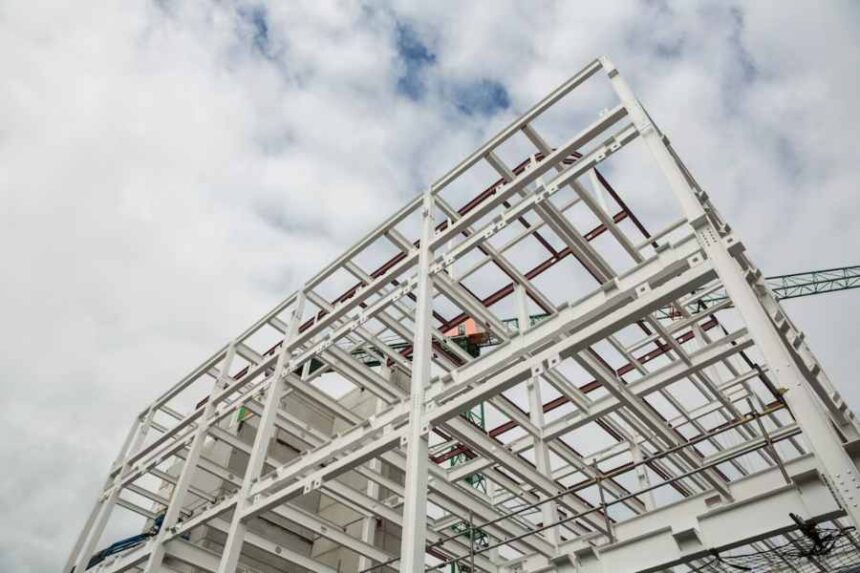Steel is one of the most versatile and durable materials used in modern engineering. However, when exposed to extreme environments—ranging from the Arctic’s freezing cold to the immense pressure of deep-sea conditions—ordinary steel can fail. Specialized high-performance steel is essential to ensuring safety and reliability in these challenging locations.
Engineering Steel for the Most Hostile Environments
Different environments present unique threats to materials. Steel must withstand extreme temperatures, resist corrosion, and maintain structural integrity under intense pressure. Without these specialized properties, critical infrastructure and machinery would be at constant risk of failure.
Companies like Interpipe have developed advanced steel solutions designed to operate in the harshest conditions. By innovating with new alloys and protective coatings, they ensure steel remains reliable in Arctic, deep-sea, and desert environments.
How Steel Performs in Different Extreme Environments?
Arctic and Polar Regions
In subzero temperatures, standard steel becomes brittle and prone to cracking. The Arctic’s harsh environment demands steel with low-temperature resilience and increased toughness. Engineers use specially formulated alloys that maintain flexibility and strength despite freezing conditions.
Underwater and Deep-Sea Applications
Subsea environments pose a dual challenge: intense pressure and constant exposure to corrosive saltwater. To prevent material degradation, marine-grade steel is often reinforced with corrosion-resistant coatings and alloying elements such as chromium and nickel. Deep-sea pipelines, drilling equipment, and naval structures all rely on these high-strength materials.
Desert and High-Temperature Conditions
Extreme heat can weaken steel, causing oxidation and structural expansion. In desert climates, heat-treated steel alloys are used to enhance thermal resistance. Some advanced coatings even reflect sunlight to reduce surface temperature and prevent overheating.
Key Features of Steel for Extreme Environments
To function effectively in these extreme settings, specialized steel must possess several critical properties. These characteristics define the success and durability of steel in harsh conditions and ensure optimal performance across various industries.
- Low-temperature resilience – Prevents brittleness in freezing conditions, ensuring long-term durability.
- Corrosion resistance – Protects against rust, oxidation, and chemical wear, particularly in marine and humid environments.
- High tensile strength – Allows steel structures to withstand intense pressure, whether deep underwater or in high-altitude applications.
- Heat resistance – Ensures performance in desert climates and high-temperature industrial settings.
Without these key properties, steel structures would suffer from degradation, failure, and safety risks in extreme conditions. Engineers continuously refine steel compositions and coatings to optimize its resilience and longevity, adapting to the ever-growing demands of modern industries.
Future Innovations in Extreme-Condition Steel
Steel technology continues to evolve, with engineers developing even more resilient alloys. Future advancements may include self-healing coatings that repair corrosion damage, ultra-lightweight high-strength steel for aerospace applications, and nanotechnology-enhanced materials for unprecedented durability. As industries expand into harsher environments, steel will remain at the forefront of extreme engineering, ensuring safety, efficiency, and long-term reliability.




